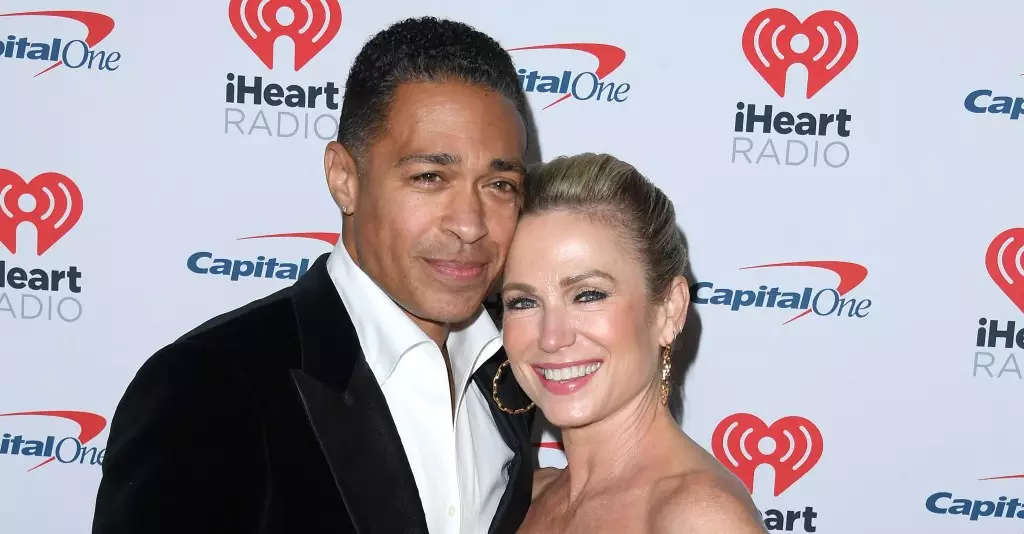In the world of journalism, the presentation often walks a fine line between professionalism and superficiality. Recently, during his coverage of the devastating wildfires in Los Angeles, ABC News anchor David Muir found himself in hot water over his appearance on camera. Criticism flooded social media after an image showing Muir using a clothes pin to ensure his slicker fit more snugly went viral. The ensuing discussion among media personalities highlights the complexities surrounding a journalist’s appearance while reporting on serious issues.
On January 10, during a podcast episode titled “Does This Fire Make Me Look Fat?”, co-hosts T.J. Holmes and Amy Robach took a critical view of Muir’s wardrobe choice. The two emphasized how Muir’s apparent concern for his looks—amidst a backdrop of grief and destruction—might come across as tone-deaf to viewers coping with the aftermath of the fires. Robach articulated a sentiment many felt, asserting that focusing on one’s appearance during such significant tragedies could seem disrespectful and dismissive to affected families.
This controversy not only casts Muir in a less-than-flattering light but also raises broader questions about the ethical responsibilities of journalists. It serves as a reminder that when reporting on sensitive topics, the balance between personal presentation and journalistic integrity is crucial.
Public figures and regular viewers alike have weighed in on the situation, further fueling the fire of controversy. Jack Osbourne and Donald Trump Jr. took to social media to poke fun at Muir’s appearance, while Megyn Kelly also criticized him on her show. The pile-on reflects a common phenomenon in journalism and media culture where personalities often face scrutiny for elements that diverge from public expectations of how they should manage their roles.
This uproar, while rooted in Muir’s choice to adjust his attire, embodies a larger critique of media standards. It indicates the potential danger of becoming too focused on personal presentation, especially when reporting on matters of public concern. Critics argue that Muir’s actions may have overshadowed the severity of the wildfires and the urgent message he was meant to convey.
However, amidst the barrage of criticism, Holmes and Robach did extend a nuanced perspective. They acknowledged the behind-the-scenes realities that may have influenced Muir’s actions. According to Holmes, a busy environment could lead to a journalist prioritizing appearance while simultaneously managing various logistical tasks, like receiving notes and wearing equipment like microphones. This insight offers a reminder that snap judgments based on a single moment captured on camera may not encompass the pressures journalists experience in real-time situations.
While it’s easy to ask why a seasoned anchor would be preoccupied with how his clothing appeared, one must also consider the systematic challenges journalists face every day. In the chaos of covering life-altering events, it is possible for such minor aspects to become focal points, even inadvertently.
This unfolding narrative serves as a salient case study for the media industry, raising broad questions about appearance, perception, and responsibility. As viewers and consumers of news, it is crucial to evaluate how appearances may sway our understanding of a serious news event. The insistence on an anchor’s polished presentation may occasionally detract from the gravity of the story itself.
The situation surrounding David Muir ultimately underscores the need for a cultural shift within media circles—a shift that prioritizes substance over style while also recognizing the complexities journalists encounter. As audiences continue to scrutinize both the style and substance of their news anchors, the dialogue will remain pertinent. While the weight of responsibility rest on journalists to demonstrate sensitivity to crises, audiences too must engage with media more critically, recognizing the multifaceted challenges reporters navigate daily.
